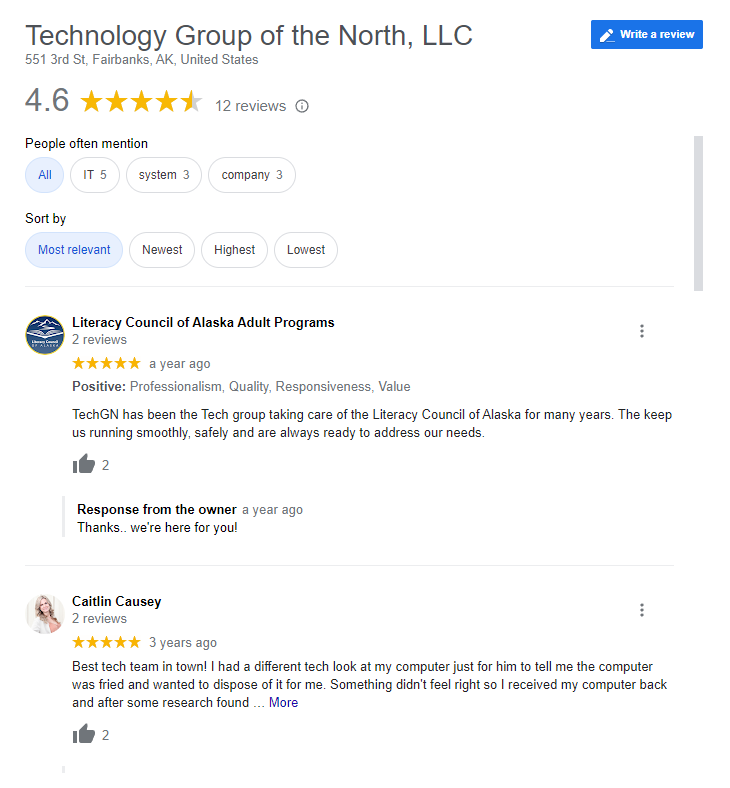We store so much on our devices—family photos, important documents, work files, school projects, etc. But what happens when a laptop crashes, a phone gets stolen, or a hard drive fails? Your data could be gone forever if you haven’t backed up your data.
That’s why creating a secure backup strategy for your files is one of the smartest things you can do in 2025. Whether a student, business owner, remote worker, or casual user, this TechGN guide will walk you through everything you need to build a safe, reliable, and effective backup plan.
Why a Secure Backup Strategy Matters in 2025
Technology has improved a lot, but data loss still happens every day. Here’s why you need a solid backup plan:
- Hardware failure – Hard drives and SSDs don’t last forever.
- Accidental deletion – Human error is one of the top causes of data loss.
- Ransomware attacks – Cybercriminals can lock your files and demand payment.
- Device theft or damage – Phones, laptops, and USB drives are easy to lose or break.
- Natural disasters – Fires, floods, and power surges can destroy physical devices.
Without a secure backup strategy, your valuable data is at risk. The good news is that with the right tools and habits, backing up your files can be simple, automatic, and secure.
Step 1: Understand the 3-2-1 Backup Rule
The 3-2-1 backup rule is the gold standard for personal and business backups. It means:
- 3 total copies of your data
- 2 different types of storage (e.g., local and cloud)
- 1 copy stored offsite
This setup ensures that even if one or two copies fail, you’ll still have access to your files.
Example:
- Copy 1: On your laptop
- Copy 2: On an external hard drive
- Copy 3: In the cloud (e.g., Google Drive, iCloud)
Cloud Backup Options
These save your data to secure online servers; you can access it anywhere.
- Google Drive – 15GB free, integrates with Gmail and Docs
2. Dropbox – Easy to use, suitable for sharing files
3. iCloud Drive – Great for Apple users
4. OneDrive – Built into Windows, syncs with Office
5. Backblaze / IDrive / Carbonite – Dedicated cloud backup services with automatic features
TechGN Tip: Use encrypted cloud backups to protect your files during transfer and storage.
Step 3: Decide What to Back Up
Not every file needs to be backed up. Focus on what’s important:
Must-backup items:
- Personal photos and videos
- Financial records and tax documents
- Work or school files
- System configuration files
- Password manager backup files
- Email archives
Skip:
- Temporary files
- App cache
- Program files you can reinstall
Step 4: Automate Your Backup Process
Manual backups are easy to forget. Automating your backups ensures they happen regularly without effort.
How to automate:
- Windows File History: Built-in backup for documents, desktop, and more
- macOS Time Machine: Automatically backs up your Mac hourly
- Backup software: Tools like Acronis True Image, EaseUS Todo Backup, or Macrium Reflect
- Cloud sync tools: Google Drive, OneDrive, or Dropbox desktop apps
Set a schedule for daily, weekly, or real-time backups depending on how often your files change.
Step 5: Secure Your Backups
It’s not enough to back up your files—you must also protect them from unauthorized access.
Security tips:
- Use strong passwords for backup drives and cloud accounts
- Turn on two-factor authentication (2FA)
- Encrypt local backups using tools like VeraCrypt or built-in disk encryption (BitLocker or FileVault)
- Use cloud providers that offer end-to-end encryption
TechGN Reminder: Never store backups on the same device as your original files—that defeats the purpose!
Step 6: Test Your Backups Regularly
Backing up is only helpful if the files are restorable. That’s why testing is critical.
How to test:
- Restore a few files every month to make sure they open properly
- Review your backup logs or status notifications
- Check for storage errors or low space alerts
Testing ensures your files are there when you need them.
Bonus Tips for Advanced Backup Users
If you want to go a step further, here are some extra strategies:
Use Cloud + NAS Hybrid
Combine a NAS device with a cloud backup service for double protection.
File Versioning
Enable version history to roll back to older cfile copies(supported by Dropbox, Google Drive, and others).
Offline Cloud Backups
Some services,l ike Backblaze B2 or Amazon S3, let you download data in bulk if you lose internet access.
Data loss can happen anytime, but with the right tools and strategy, you won’t have to panic. Creating a secure backup strategy for your files is one of the smartest moves to protect your work, memories, and peace of mind in 2025.
At TechGN, we’re here to help you stay ahead of tech problems before they happen. Whether you need help setting up your first cloud backup or want to automate secure file storage across devices, we’ve got your back.
Need help choosing the best backup solution? Contact TechGN today for personalized support.
Reviews
Tailoring Solutions


